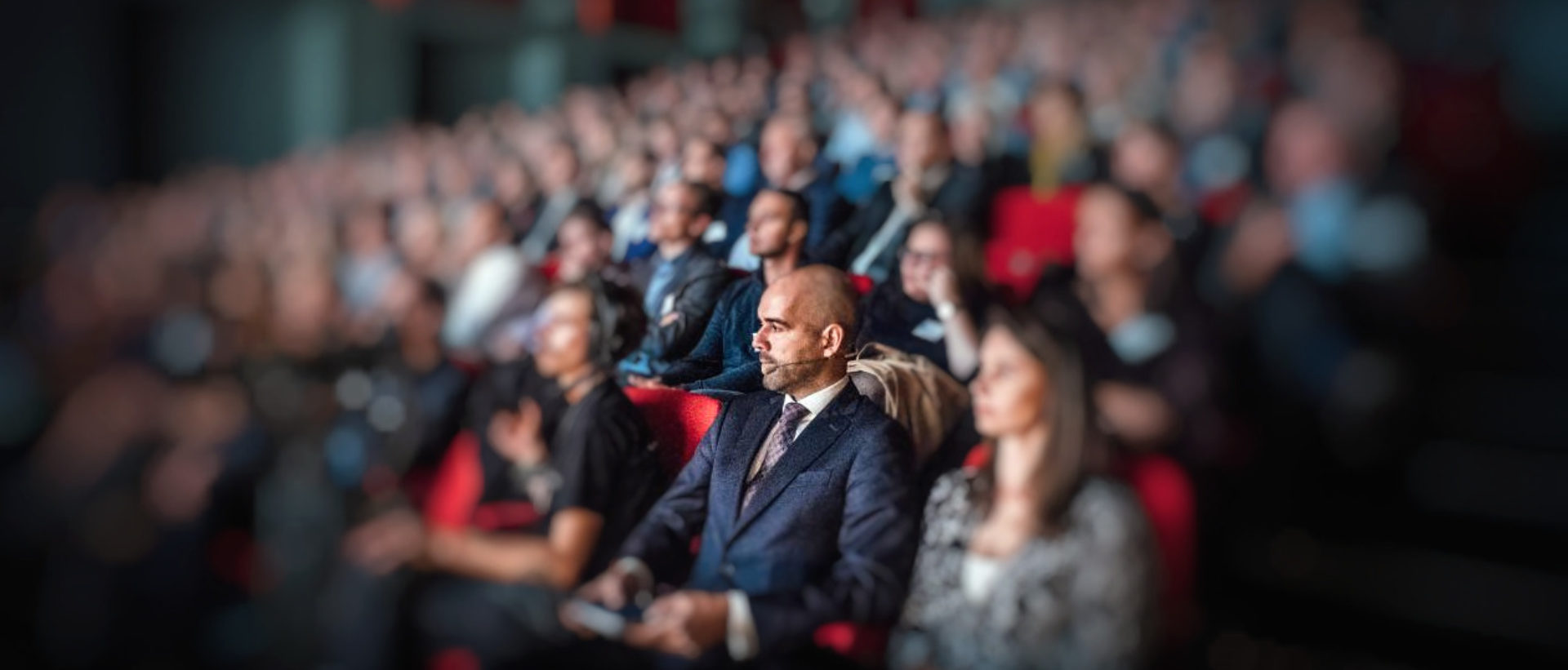If two people look at each other through a camera during a Zoom meeting, UNSW Business School’s Frederik Anseel asks, is this as powerful as physical eye contact?
My question is not a philosophical thought exercise. It’s about the difficulty of making human connections through digital conversations. Let’s start with a situation that doesn’t pose any problems. In an interview, the allocation of roles is clear. Someone asks the questions, and someone else gives the answers. A small pause in the answer allows the interviewer to intervene with a new question. One-on-one conversations are also fairly straightforward. A well-educated interlocutor with good timing who lets the other person finish should be sufficient.
The problems start when more than two people participate. A speaker with several listeners seems like a simple situation, but it isn’t. I regularly give digital lectures and have had to learn how to capture attention by looking straight into the camera. Speakers tend to look at themselves or at the audience on screen. But to that audience, it looks like the speaker is looking away. That breaks the magical bond between the speaker and the listener. Looking fearlessly into the camera, not into the screen, while speaking can give hundreds of listeners the feeling that you are looking them straight in the eye.

I’m not saying anything new here. It’s what the autocues were designed to do for television. There is now an autocue app for every smartphone. These apps are handy for speakers who feel uncertain and can read pre-scripted text from the screen while giving the impression of looking at the camera. I advise against it anyway. With sincere human contact, no one rattles off a text with an uninterrupted gaze on the listener.
People who speak honestly and from the heart stumble and hesitate; they hesitate and seek the right words, pick themselves up and start again. While doing so, they look away and then seek the listener’s gaze again. Psychological research shows that those hiccups and hesitations increase the listener’s contact and understanding of the storyline. Anyone who listens to an authentic speaker experiences the thought process live, builds up the same mental model and thus gains a deeper insight.
Lessons from Obama
If you want to speak well, I advise you to think aloud so that the listener can think along. Or maybe you have mastered the story so well that your viewer feels it as if you were thinking aloud. There are dozens of videos on YouTube of former American president Barack Obama in which he tells the same “Fired up, ready to go” story over and over again. Each time he drops the same hesitant pauses as if he is making it up on the spot, giving away small blinks that signal plot twists.
Read more: Juliet Bourke on harnessing the power of diversity for innovation
The importance of eye contact becomes very clear with multiple digital participants in an unstructured online conversation. Again, it helps to look straight into the camera. An app from the tech company Nvidia corrects your digital eye position via artificial intelligence, making it seem like you’re always looking straight at the camera. A bit creepy, but a colleague with autism told me that he could really use such an app in real life because eye contact is difficult for him. On the other hand, no app or camera trick can prevent digital conversations from turning into a mess. People talk over and through each other. Those who want to be heard go unnoticed, and those who should be silent keep talking for too long.
Why the human gaze is important
In the outside world, the human gaze is the conductor of the conversation. Those who speak make subtle eye contact with the next speaker anticipating the next turn. That moment of eye contact is the signal that someone can take over. A leader can give someone the confidence to speak with simple eye contact. The gaze of the leader makes group members suddenly pay attention to someone who is not being discussed.
Neuropsychological research shows that interlocutors make synchronous eye contact at the peak of their collective attention. After that, that joint attention quickly decreases until the gaze is averted again. Eye contact is too intense to last long. A conversation is not an exchange of words but a succession of searching looks and anxious looking away.
You can understand why I am still sceptical about the possibility of genuine human connections in the metaverse. Digital cameras do not allow human eye contact just yet. The face-to-face conversation is an eye-to-eye conversation. The gaze inspires the interlocutor. There is currently no digital surrogate for this.
